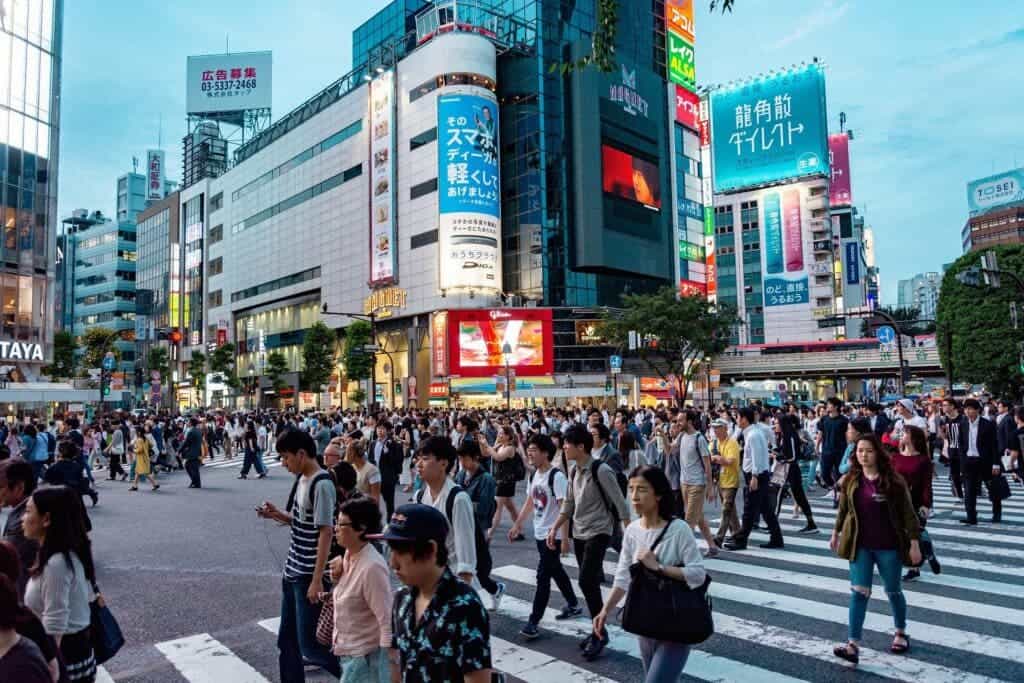
No one in the world happily complied with stay at home orders and restrictions, but we had to. If not out of ethical and medical considerations, lockdown breaches in most countries resulted in legal penalties. But like in many other things, the people’s behaviour in Japan’s response to the pandemic has been radically different.
Despite the fact that the Japanese government only issued recommendations and requests for cooperation in social distancing measures with no penalty if such guidelines weren’t followed, most of its citizens voluntarily followed them. As a result, the country is one of the most sheltered countries from the pandemic even though it is notoriously crowded. According to a new study that examined mobility data, Tokyo came to a grinding halt shortly after the state of emergency was announced.
“Using anonymized data that represented about 2% of the population, we could compute human movement and contact rates at a 100-meter grid-cell scale,” said study first author Takahiro Yabe of The University of Tokyo. “We found that 1 week into the state of emergency, human mobility reduced by 50%, which led to a 70% drop in social contacts.”
While some have even staged anti-lockdown protests in Western countries, furious that their civil liberties were being challenged by an invisible virus, those in Japan willingly followed their government’s pleas to stay indoors as much as possible in order to curb the spread of the pandemic.
Unlike other countries, Japan’s constitution makes it impossible for authorities to enact the same kind of draconian measures. Lucky for them, they didn’t need to impose any penalties to convince their citizens to follow the stay-at-home orders.
For their study, the researchers analyzed location data from more than 200,000 phones, which enabled them to plot human movement in Tokyo before and during the state of emergency. Japan declared its state of emergency on April 7, which involved requests to close businesses and work from home. Additionally, aggressive travel entry restrictions were introduced.
The data spanning January to April revealed a dramatic reduction in mobility in Tokyo. For instance, Shinjuku Station, the world’s busiest train station, had up to 87% fewer visits at the height of the state of emergency compared to pre-crisis levels. Overall, the study reported a 50% reduction in mobility and an 80% reduction in social contact. Those who earned more income tended to reduce social interaction more and, thus, lower their chance of COVID-19 transmission, the researchers found after they combined the mobility data with socio-economic data.
These findings explain how Japan, a country with a population numbering over 126 million, had only a couple hundred cases in April, which trailed down to a handful per day in May. As of this month, Japan is on an upward trend of COVID-19 cases, reaching 9,314 cases over the past two weeks. That’s still very manageable and doesn’t even compare to the 1.172.536 cases in the U.S. over the same period.
“With a noncompulsory and nonpharmaceutical intervention, Tokyo had to rely on citizens’ cooperation. Our study shows they cooperated by limiting their movement and contact, subsequently limiting infections,” study co-author Yoshihide Sekimoto explains. “These findings offer insights that policymakers can apply when estimating necessary movement restrictions.”
The findings appeared in the journal Scientific Reports.
Was this helpful?



